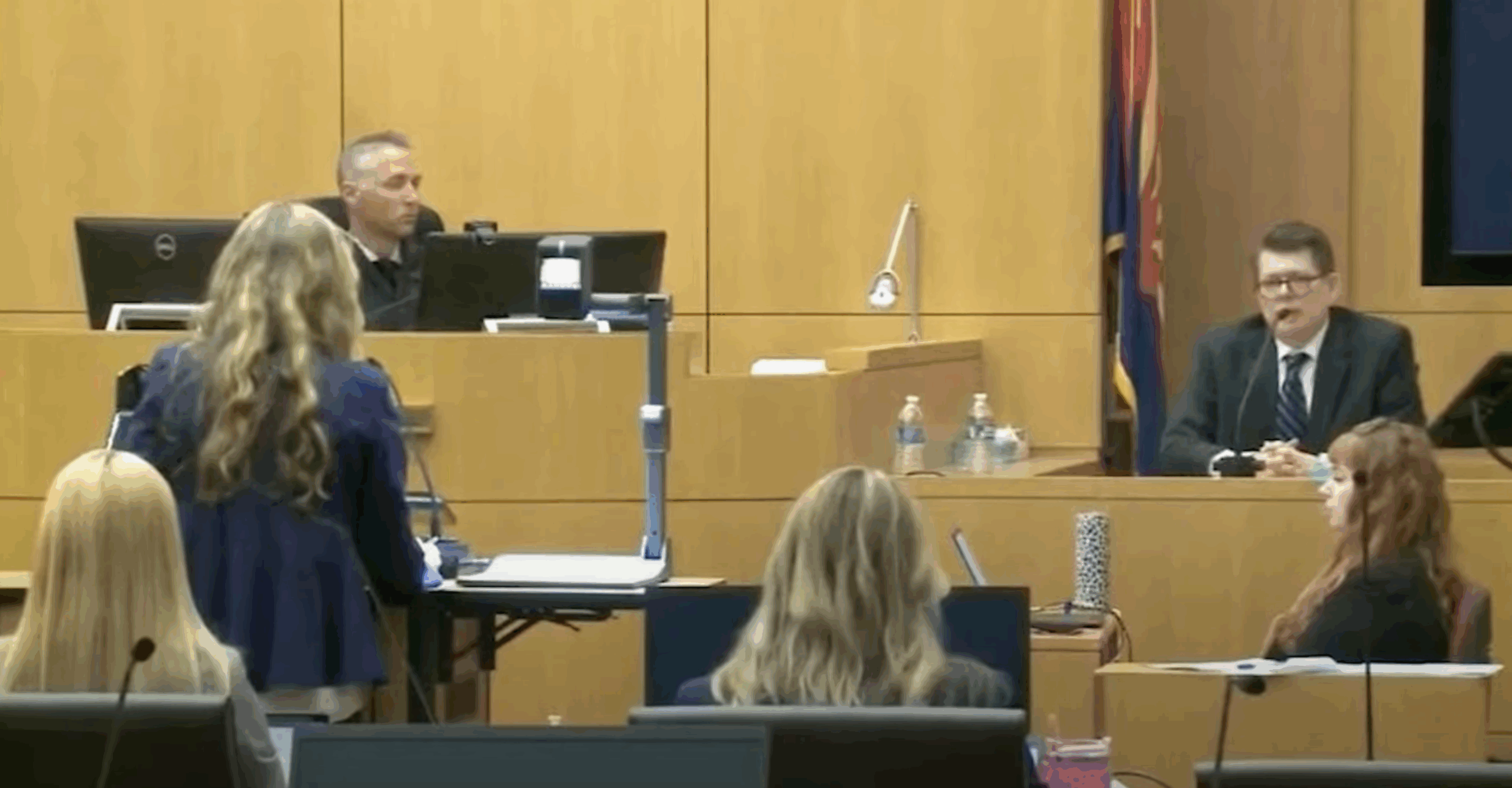Welcome to Creepalachia, where today we dive into the real-life stories behind the Humane Society of Raleigh County. Join Nancy Johnson, board president, and Hannah Coddle, volunteer and outreach coordinator, as they share what it takes to run a no-kill shelter, the animals they care for, and the ups and downs of shelter life. From cuddles to tough realities, this is a glimpse into a place where second chances happen every day.
The Heart of a No-Kill Shelter: More Than Just a Job
Running a no-kill shelter means the animals are there until they find their forever homes. Nancy explains, “To run a no-kill shelter because you’re literally they’re there until someone adopts them they’re like your very own pets because you you interact with them every day and you grow to love them the same as you do one that lives in your home.”
Some dogs stay for years — like Cuban, who’s been with the shelter on and off since 2020. The staff and volunteers form deep bonds with the animals, making every adoption a bittersweet moment. This hands-on care creates a family atmosphere where each animal is truly valued.
“They’re like your very own pets because you interact with them every day and you grow to love them the same as you do one that lives in your home.”
Day-to-Day Realities: Strays, Abandonment, and Shelter Capacity
The Humane Society started in 1950, revived in 1979, and today houses around 73 dogs at a time — mostly pitbull mixes, hounds, and local “West Virginia brown dogs.” Unfortunately, they also face heartbreaking realities like animals being abandoned at their gates — sometimes pregnant or in poor condition.
Hannah shares a recent story of Sky Fay, a dog tied to their gate on Christmas Eve, pregnant with 10 puppies.
“We sometimes get people who will tie a dog to the front gate and just leave it. They’ve even had puppies freeze to death because they were abandoned overnight.”
Despite the tough situations, the shelter tries to keep a few cages open for emergencies and returns, as about one in five adopted animals may come back due to the challenges of pet ownership.
Health Challenges and Hope: Diseases, Genetics, and Care
The shelter cares for animals facing serious health issues like diabetes and cancer, highlighting the overlap between human and animal medicine. Dogs with terminal cancers receive hospice care in foster homes, while others like Melo are closely monitored.
Nancy and Hannah discuss how genetics and breeding affect dog behavior and health, noting that many “bad reputation” breeds like pit bulls often suffer due to mistreatment or overbreeding, not their nature. Mental health issues like sundowning or sudden aggression can also affect dogs.
“Any dog that’s been mistreated can be dangerous, but typically pit bulls get a bad rep they don’t deserve.”
Despite these struggles, the shelter’s staff and volunteers continue fighting to give these animals better lives, one adoption at a time.
Running a shelter is no easy feat — it’s full of joy, sadness, and the constant hope that every animal will find a loving home. If you’re inspired by their stories, consider adopting, fostering, or volunteering to make a difference in your community.






